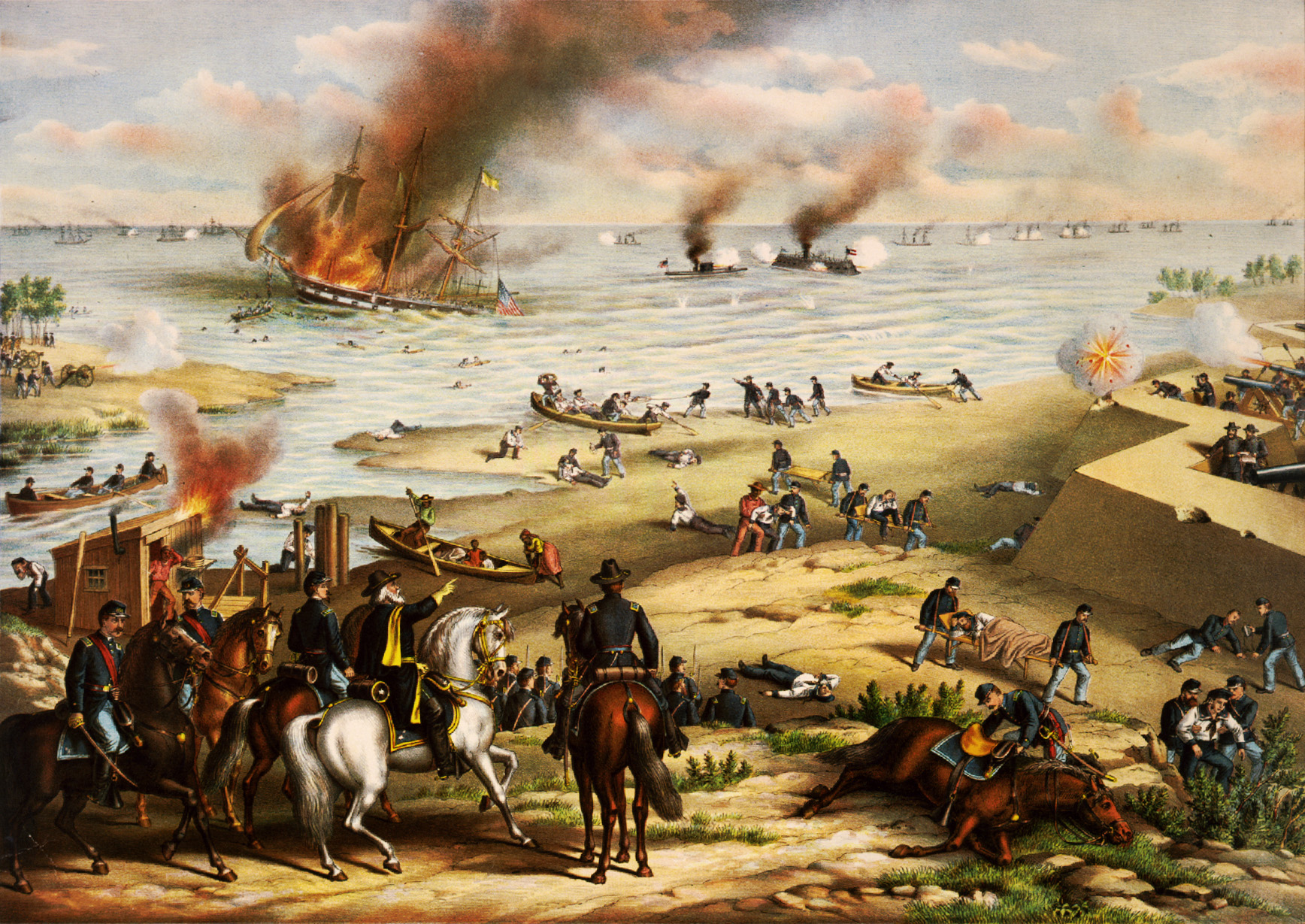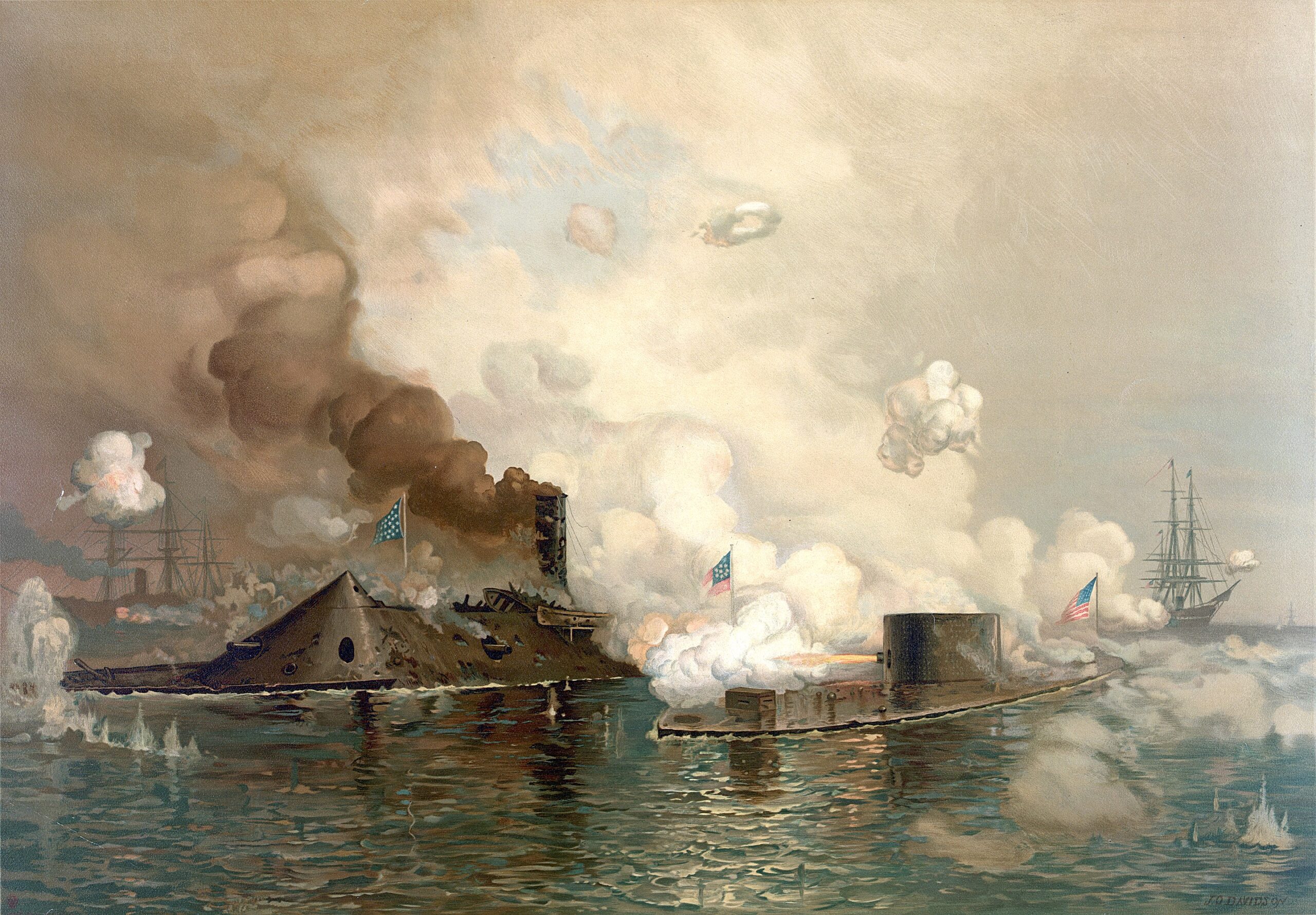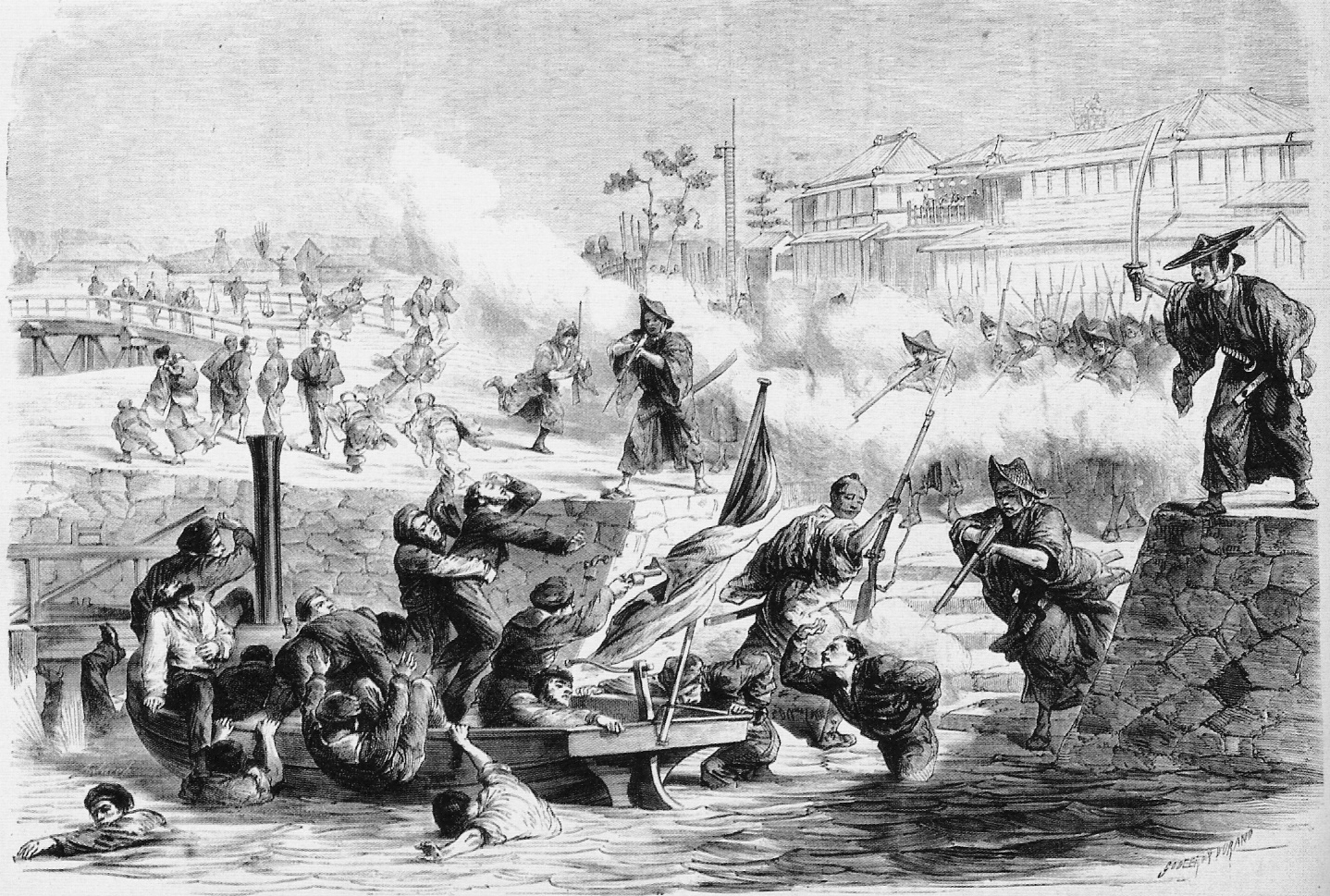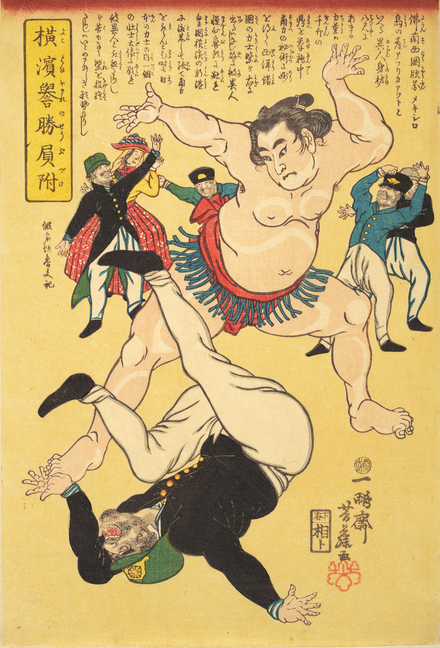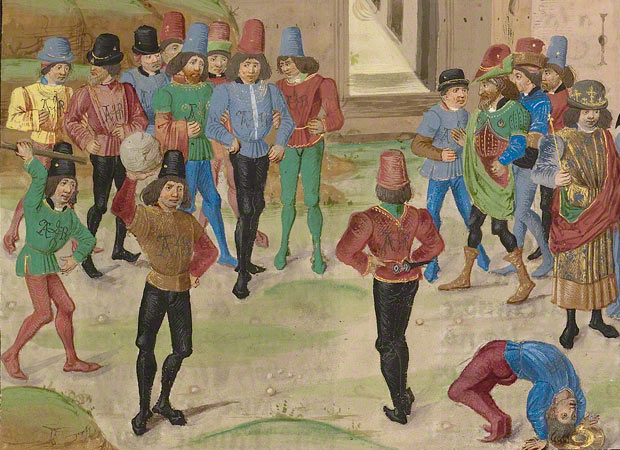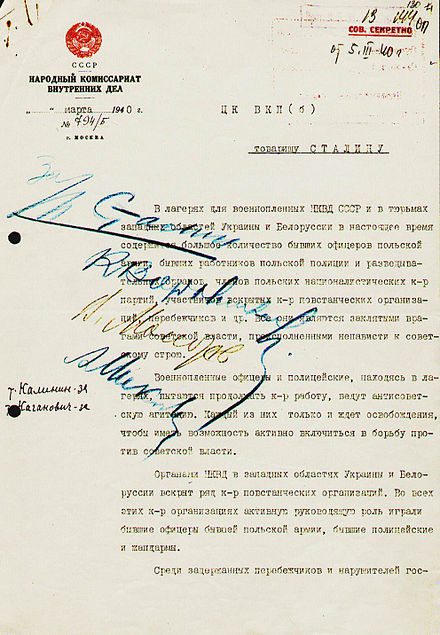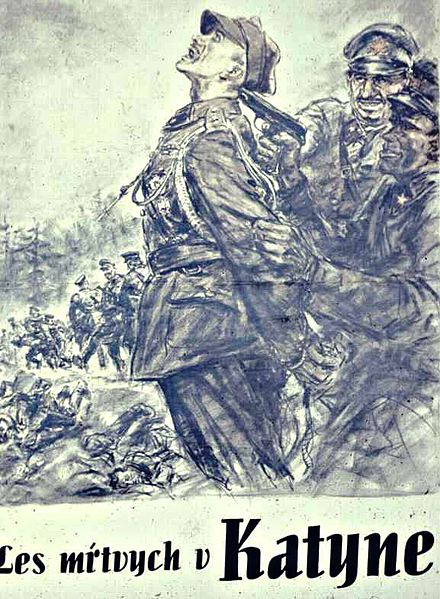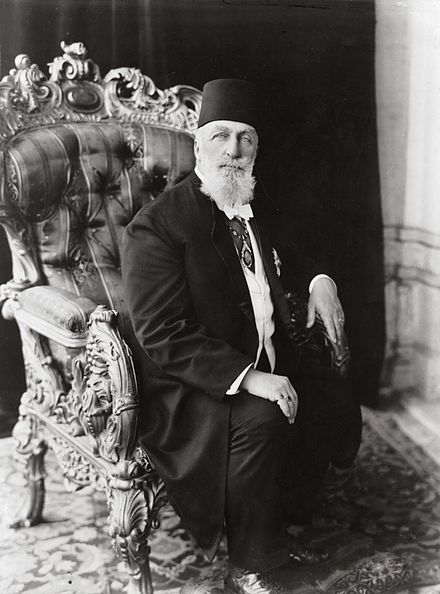Death of Pope Gregory I

Only three popes have merited the title of “the Great” (though fans of John Paul II are trying hard to make it a quartet.) The second of these to be born (c. 540) was Gregorius Anicius, who renounced great wealth to become a monk. In 590 he was elected pope and became a powerful force for good in the ruins of the western Roman empire. You will not find a more loving tribute to him than this 19th-century account.
There have been Popes of every shade of human character. Gregory the Great is one distinguished by modesty, disinterestedness, and sincere religious zeal, tempered by a toleration which could only spring from pure benevolence. The son of a Roman senator, with high mental gifts, and all the accomplishments of his age, he was drawn forward into prominent positions, but always against his will. He would have fain continued to be an obscure monk or a missionary, but his qualities were such that at length even the popedom was thrust upon him (on the death of Pelagius II in 590). On this occasion he wrote to the sister of the Emperor: ‘Appearing to be outwardly exalted, I am really fallen. My endeavours were to banish corporeal objects from my mind, that I might spiritually behold heavenly joys. I am come into the depths of the sea, and the tempest hath drowned me.’
The writings of Pope Gregory, which fill four folio volumes, are said to be very admirable. The English King Alfred showed his appreciation of one treatise by translating it. In exercising the functions of his high station, Gregory exhibited great mildness and forbearance. He eagerly sought to convert the heathen, and to bring heretics back to the faith: but he never would sanction the adoption of any harsh. measures for these purposes. One day-before he attained the papal chair-walking through the market in Rome, he was struck by the beauty of a group of young persons exposed to be sold as slaves. In answer to his inquiry of who they were, and whence they came, he was told they were Angli, from the heathen island of Britain. ‘Verily, Angeli,’ he said, punning on the name: ‘how lamentable that the prince of darkness should be the master of a country containing such a beautiful people! How sad that, with so fair an outside, there should be nothing of God’s grace within! His wish was immediately to set out as a missionary to England, and it was with difficulty he was prevented. The incident, however, led to a mission being ere long sent to our then benighted country, which thus owed its first reception of Christian light to Gregory.
Almsgiving, in such Protestant countries as England, is denounced as not so much a lessening of human suffering as a means of engendering and extending pauperism. Gregory had no such fears to stay his bountiful hand. With him to relieve the poor was the first of Christian graces. He devoted a large proportion of his revenue and a vast amount of personal care to this object. He in a manner took the entire charge of the poor upon his own hands. ‘He relieved their necessities with. so much sweetness and affability, as to spare them the confusion of receiving alms; the old men among them he, out of deference, called his fathers. He often entertained several of them at his own table. He kept by him an exact catalogue of the poor, called by the ancients Matriculae; and he liberally provided for the necessities of each. In the beginning of every month he distributed to all the poor corn, wine, pulse, cheese, fish, flesh, and oil; he appointed officers for every street, to send every day necessaries to all the needy sick: before he ate, he always sent off meats from his own table to some poor persons.’ There may be some bad moral results from this wholesale system of relief for poverty, but certainly the motives which prompted it must be acknowledged to have been highly amiable.
Gregory was a weakly man, often suffering from bad health, and he did not get beyond the age of sixty-four. We owe to him a phrase which has become a sort of formula for the popes-‘Servant of the servants of God.’ His name, which is the same as Vigilantius or Watchman, became, from veneration for him, a favourite one: we find it borne, amongst others, by a Scottish prince of the eighth century, the reputed progenitor of the clan M’Gregor. It is curious to think of this formidable band of Highland outlaws of the seventeenth century as thus connected by a chain of historical circumstances with the gentle and saintly Gregory, who first caused the lamp of Christianity to be planted in England.


